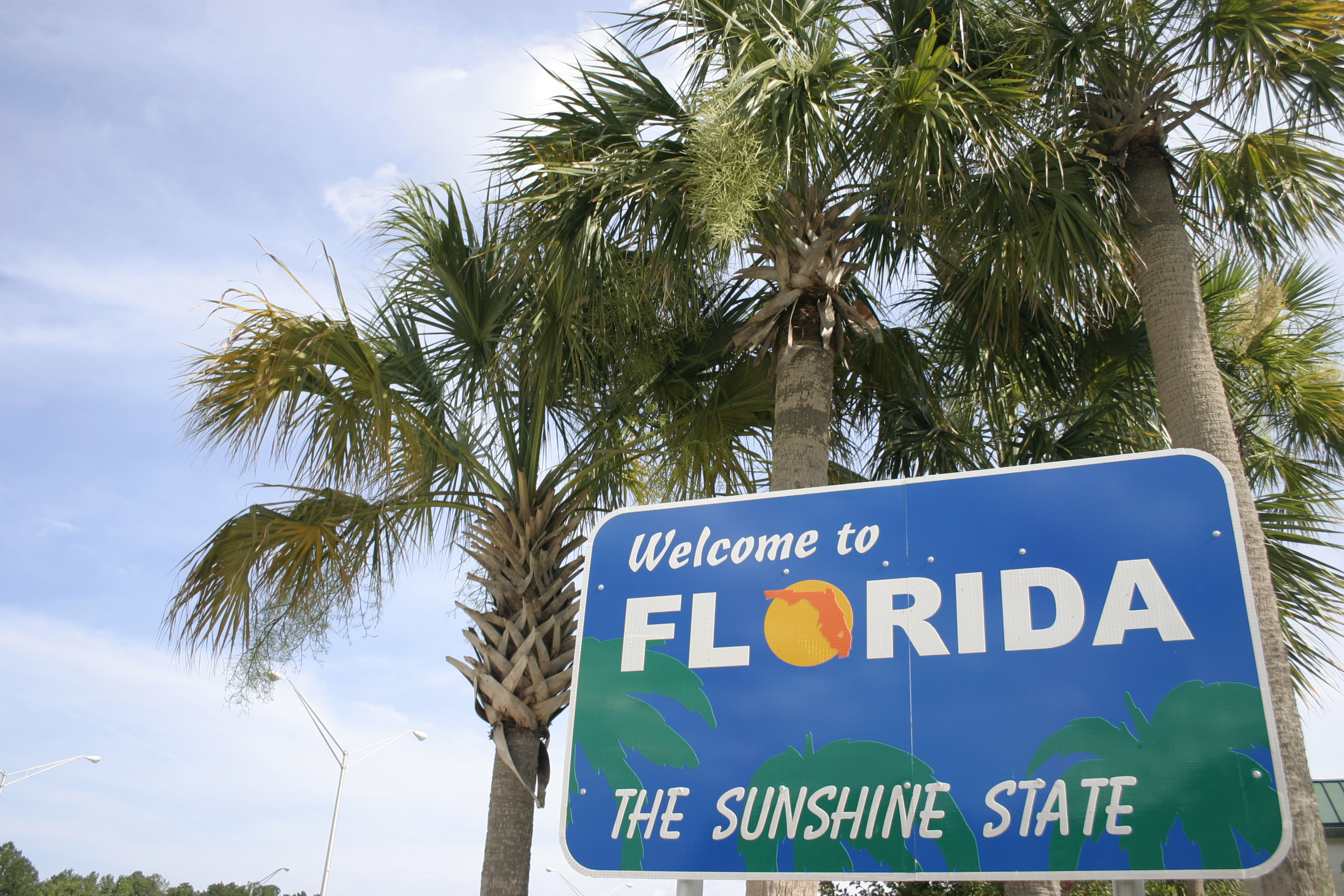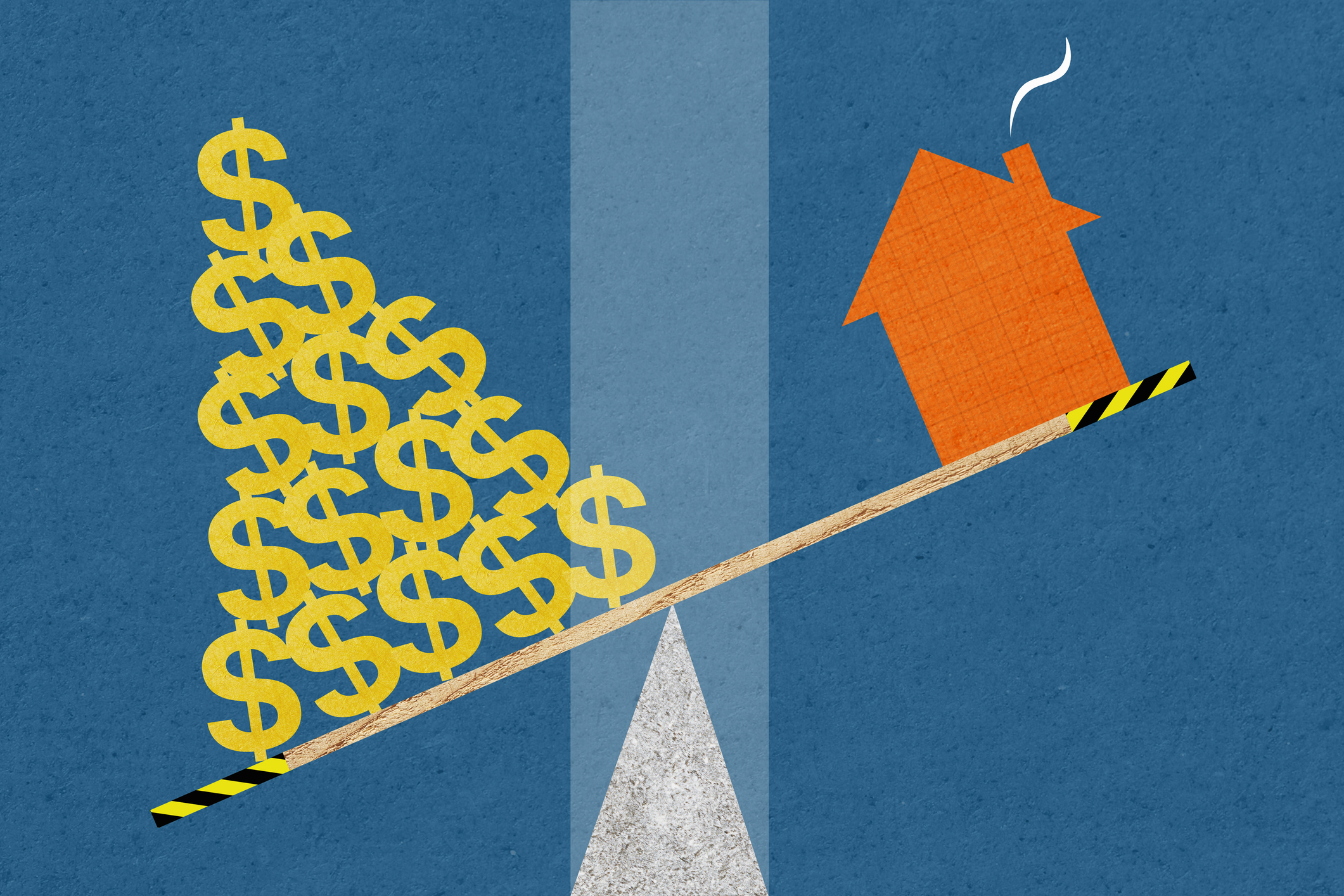Claiming the Child-Care Tax Credit
You may be able to take advantage of this tax break even if you contribute to and use money from a dependent-care flexible-spending account.

I used my dependent-care flexible-spending account at work to pay for my two daughters’ daycare expenses in 2011. But I still had way more expenses beyond what I had in my FSA. Can I take the child-care tax credit for any of the extra expenses?
Yes. Because you have two kids and had more than $5,000 in child-care costs, you can claim a portion of the tax credit even though you have already used pretax money from your FSA for their care.
Here’s how the two tax breaks play out: With a dependent-care flexible-spending account, you can set aside up to $5,000 in pretax money to pay for care for your children under age 13 while you work. With the child-care tax credit, you can claim up to $3,000 of expenses for one child under 13 and up to $6,000 for two or more kids. You can’t use the same expenses to get both tax breaks. It’s usually more valuable to use the FSA for child care than it is to take the tax credit because money in the FSA escapes Social Security and Medicare taxes as well as income tax (see FSA or Child-Care Credit? for details). Also see IRS Publication 503 Child and Dependent Care Expenses,

Sign up for Kiplinger’s Free E-Newsletters
Profit and prosper with the best of expert advice on investing, taxes, retirement, personal finance and more - straight to your e-mail.
Profit and prosper with the best of expert advice - straight to your e-mail.
If you pay for care for two or more kids under age 13, you can max out your FSA and still claim the tax credit for up to an extra $1,000 in expenses, which would cut your tax bill by at least $200. If you have just one child and you’ve maxed out your FSA, you aren’t eligible for the credit because the limit is $3,000 in total expenses; you can’t use any excess expenses toward the credit.
Families who earn less than $15,000 can claim a tax credit for 35% of their child-care expenses; families who earn more than $43,000 get the smallest credit, worth 20% of their eligible expenses. This is a tax credit, not a deduction, so it lowers your tax bill dollar for dollar.
Expenses that qualify for both the spending account and the credit include the cost of daycare, a nanny or babysitter, preschool, before-school or after-school care, and even the cost of summer day camp for children under age 13, if you spend the money on care so you can work or look for work. If you’re married, both you and your spouse must have a job (or be looking for work) or be a full-time student to qualify. To claim the credit, file Form 2441 with your federal tax return. For more information about the child-care credit, see FAQs on the Child-Care Tax Credit.
For more tax information for this year’s filing season, see 7 Tips for Filing Your 2011 Taxes.
Get Kiplinger Today newsletter — free
Profit and prosper with the best of Kiplinger's advice on investing, taxes, retirement, personal finance and much more. Delivered daily. Enter your email in the box and click Sign Me Up.

As the "Ask Kim" columnist for Kiplinger's Personal Finance, Lankford receives hundreds of personal finance questions from readers every month. She is the author of Rescue Your Financial Life (McGraw-Hill, 2003), The Insurance Maze: How You Can Save Money on Insurance -- and Still Get the Coverage You Need (Kaplan, 2006), Kiplinger's Ask Kim for Money Smart Solutions (Kaplan, 2007) and The Kiplinger/BBB Personal Finance Guide for Military Families. She is frequently featured as a financial expert on television and radio, including NBC's Today Show, CNN, CNBC and National Public Radio.
-
 6 Stunning Waterfront Homes for Sale Around the US
6 Stunning Waterfront Homes for Sale Around the USFrom private peninsulas to lakes, bayous and beyond, Kiplinger's "Listed" series brings you another selection of dream homes for sale on the waterfront.
By Charlotte Gorbold Published
-
 Six Reasons to Disinherit Someone and How to Do It
Six Reasons to Disinherit Someone and How to Do ItWhether you're navigating a second marriage, dealing with an estranged relative or leaving your assets to charity, there are reasons to disinherit someone. Here's how.
By Donna LeValley Published
-
 Did Florida’s Chance at $1,000 in Property Tax Rebates Vanish?
Did Florida’s Chance at $1,000 in Property Tax Rebates Vanish?State Taxes The Florida Legislature bypassed Gov. Ron DeSantis’ wish to cut property taxes and instead voted to lower the state’s sales tax.
By Gabriella Cruz-Martínez Published
-
 How Caregivers for Adults Can Save on Taxes in 2025
How Caregivers for Adults Can Save on Taxes in 2025Tax Breaks Caring for your parent or spouse can be stressful, but the IRS offers tax breaks for qualifying taxpayers. Here they are.
By Kate Schubel Published
-
 New South Carolina Income Tax Cut Might Eat Your Cash
New South Carolina Income Tax Cut Might Eat Your CashState Taxes South Carolina’s flat income tax bill could have the majority of residents paying higher income taxes. Find out how.
By Kate Schubel Published
-
 Tax-Deductible Home Improvements for Retirement in 2025
Tax-Deductible Home Improvements for Retirement in 2025Retirement Taxes Your aging-in-place plan could benefit from the medical expense tax deduction. But watch out for capital gains and property taxes.
By Kate Schubel Published
-
 New Colorado Tax Credit: What’s the Scoop?
New Colorado Tax Credit: What’s the Scoop?State Tax Everything you need to know about the Colorado family affordability tax credit in 2025.
By Kate Schubel Published
-
 Key Family Tax Breaks Are on the GOP Chopping Block This Year
Key Family Tax Breaks Are on the GOP Chopping Block This YearTax Credits Several tax breaks, including the Child Tax Credit, may face reforms or be cut entirely as lawmakers seek revenue for Trump’s tax plans.
By Gabriella Cruz-Martínez Last updated
-
 What's Going on With New Jersey Property Tax Programs?
What's Going on With New Jersey Property Tax Programs?Property Tax ANCHOR and ‘Senior Freeze’ just got a refresh, and there’s a new program: Stay NJ. Learn how to save on New Jersey property taxes.
By Kate Schubel Published
-
 Five States With the Largest EITC Checks
Five States With the Largest EITC ChecksEITC Households in these states received a larger Earned Income Tax Credit (EITC) last year.
By Gabriella Cruz-Martínez Published